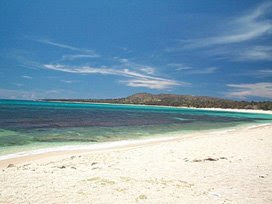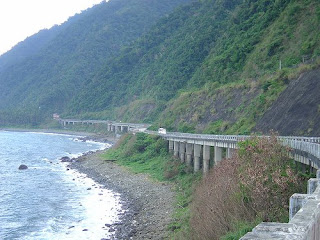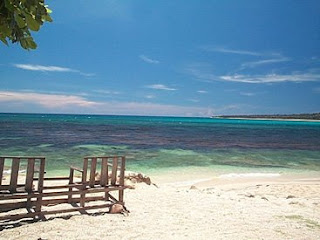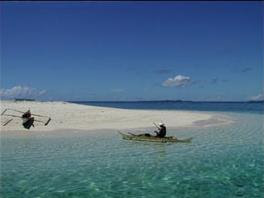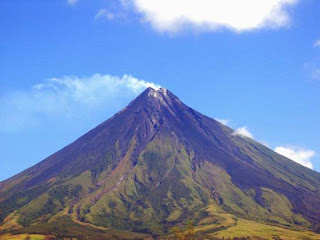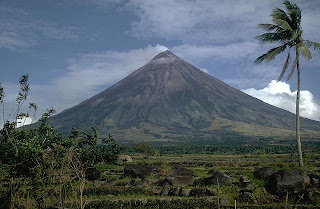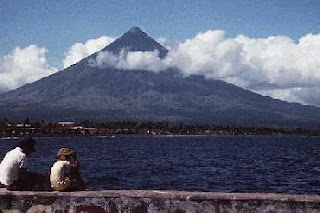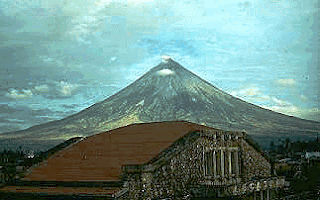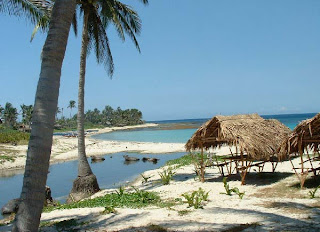 looking for the comparatively perfect charms of the Philippines. Pagudpud is a wide and beautiful town on the northwest tip of Ilocos Norte, Luzon, bounded to the south by the town of Bangui and to the east by the Cordillera Mountain Range, the town of Adams and the province of Cagayan. The South China Sea lies to the west and north.
looking for the comparatively perfect charms of the Philippines. Pagudpud is a wide and beautiful town on the northwest tip of Ilocos Norte, Luzon, bounded to the south by the town of Bangui and to the east by the Cordillera Mountain Range, the town of Adams and the province of Cagayan. The South China Sea lies to the west and north.It is considered the largest island in the Philippines. The hills and mountains are luxuriant, the valleys productive. It lies 45 miles north of Laoag City, the provincial capital, and about 350 miles north of Manila -- about the equal distance between Los Angeles and the San Francisco Bay Area. Creeks, streams and waterfalls splash the landscape and spill into the South China Sea. All around, the ocean and sky are awash in varying shades of blue.
Pagudpud is approximately 500 kilometers from Manila, which is 12 hours straight drive by car, or about 15-18 hours with three major stop overs and some minor picture takings along the way.
On your way there you will surely enjoy the travel passing through Hacienda Luisita in Tarlac (Take the first stop-over here, there are lots of restaurants outside the Luisita gate). Be careful driving along the highway in the town of San Manuel, about 10-15 km after Luisita gate it is accident prone area.
After 5 hours drive from Manila, you will find yourself entering the province of Pangasinan via towns of Carmen-Urdaneta, and then you will pass by the town of Sison Pangasinan.
When you are in Agoo, you are half way on your trip to Pagudpud.
When you are in Vigan you are about 80% the travel to the breath taking views of Pagudpud “a Boracay 25 years ago” where one can marvel at the deep blue sea on your left while driving in the highway, see a forest-like hectares of coconut tree plantation (planted just feet away and side by side ) and of course the world famous white beaches.
Pagudpud Beaches, 2 hours north of Laoag City, has powder-white sand, but it's hard to tell which is bluer: the sky or the sea. While you are making up your mind, you might also consider a stop in Pasuquin, where the famous biscocho (Ilocos biscuit) is a favorite take-home delicacy for local visitors. But don't forget to check your watch, for while you play in the waters of Pagudpud, you may not notice how much time you have spent on these delightful shores, which are at the very tip of Luzon Island.
Here are some tips on going there:
1. Take at least three 45 minute major stop-overs; Luisita in Tarlac, Agoo in La Union and Vigan in Ilocos Sur.
2. Take pictures of the old churches.
3. an alternate driver every 2 or 3 hours drive will prevent driving fatigue.
4. Visit the remains of Former president Marcos in the town of Batac ilocs norte. That is right before Laoag City. Also, do not fail to drop by Fort Ilocandia, the only five-star hotel in the northern part of the Philippines.
5. Enjoy the small restaurants in Laoag, Ilocos Sur. Cherish the Ilocano Longganisa both in Vigan and Laoag.
6. To fully enjoy your vacation, spend some 3-5 days or a 2-4 overnight stay from Vigan to laoag to Pagudpud.
PAGUDPUD! The future famous tourist destination. Make it a memorable, once in a lifetime escapade.
Other pictures of Pagudpud
